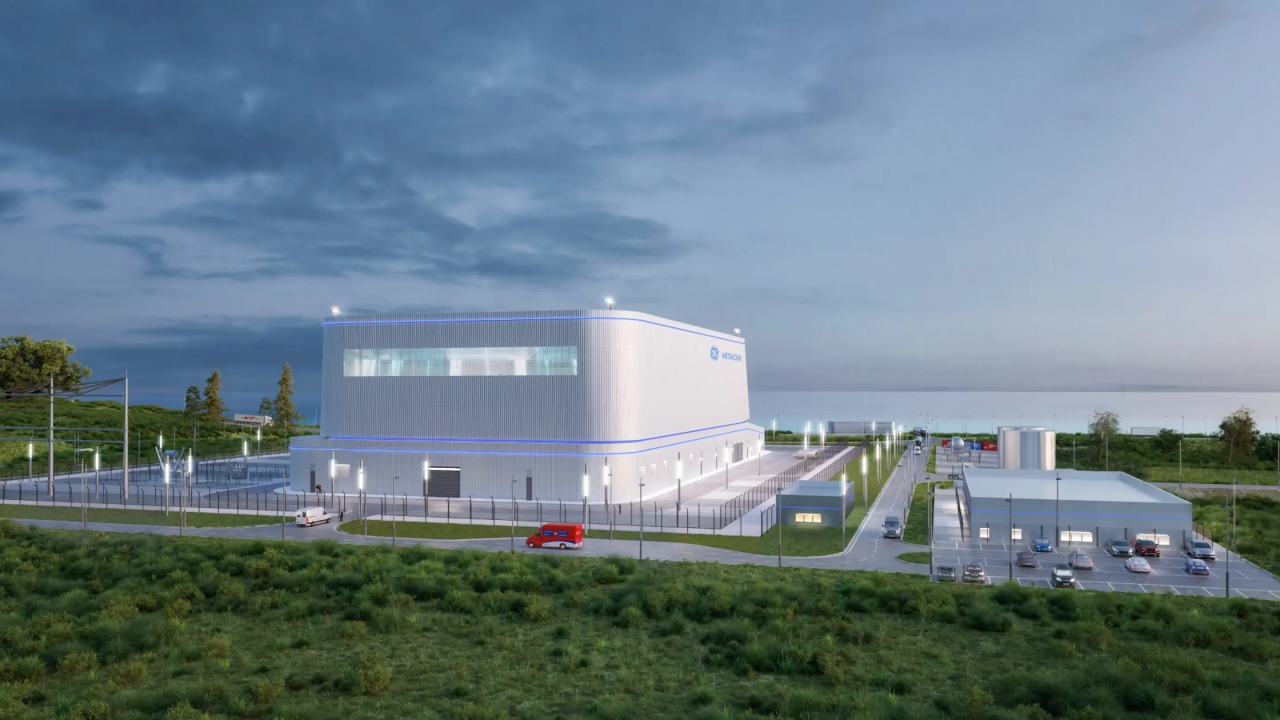Let’s put it bluntly: if someone told you the future of energy is in the hands of Google, Amazon, and Microsoft, you’d probably laugh. You’d think, “Come on, no way.” But reality is shifting faster than we can imagine. These tech giants are investing in nuclear energy — and they’re not just buying power, they’re building reactors. Yes, you read that right. This is the nuclear renaissance, led by companies we once associated only with search engines, online shopping, or operating systems.
Why are they doing this? To power artificial intelligence, of course. Feeding the digital beast requires as much energy as lighting up entire cities. And, as much as we’d love solar or wind power to be the silver bullet, it just can’t keep up. Not in today’s world, and certainly not tomorrow.
So, here’s the real deal, spelled out in plain English. How are Google, Amazon, and Microsoft gearing up to build their own nuclear plants? Let’s break it down — no fluff, no nonsense.
Why are Big Tech Companies diving into nuclear energy?
Every time you ask Google something, every click, every scroll on social media, demands energy. Multiply those little bits of energy by millions, 24/7, and you get an energy bill that renewables simply can’t handle. Big Tech knows this, and that’s why they’re turning to nuclear energy. But this isn’t your grandfather’s nuclear power. We’re talking about Small Modular Reactors or SMRs — these are smaller, cheaper, and can fit in places where old-school nuclear plants could never go.
Google and Microsoft already consume more electricity than some entire countries, and they’re pretty clear that AI is only going to multiply that number. Forget “saving energy” — with numbers like these, that’s almost a bad joke. So they’ve decided, on a massive scale, that nuclear energy is the only way forward to keep their data centres running without interruptions. And who’s going to stop them?
The nuclear renaissance and SMRs: nuclear power on demand for a new era
The new era of nuclear energy isn’t a repeat of the past. SMRs bring a whole new spin: smaller, modular, cheaper to build, almost like Lego sets. Each one can produce enough energy to power a small region or a massive industrial complex. No waiting decades to build the plant, no multi-billion-dollar upfront investment. These small reactors are assembled where needed, and more can be added as demand grows. Perfect for the demands of Amazon and its Big Tech allies.
The idea? A future where nuclear energy is quick to deploy, accessible, and zero-emission. The ideal combo to keep AI running around the clock, with total energy independence. And, yes, with fewer risks than the old nuclear plants.
How Google, Microsoft y amazon are going nuclear for AI
Between September and October 2024, the tech giants opened their wallets to sign historic energy deals. Here’s what they’re up to:
- Microsoft signed a 20-yrsr contract with Constellation Energy, which is investing $16.6 billion to reopen the Three Mile Island plant in Pennsylvania (yes, the same site of the US’s worst nuclear incident — but only the unaffected part). All that power? It’s going directly to Microsoft’s data centres.
- Google locked in an agreement with Kairos Power for a fleet of seven SMRs. The first goes online in 2030, with the rest following until 2035. Google’s not holding back; they’re committed to nuclear as their go-to energy source for AI expansion.
- Amazon joined forces with Dominion Energy for an SMR project in Virginia, and they’re planning to invest another $500 million in three additional SMR projects across the US, totalling up to 960 MW of power if all goes well.
Bottom line: Big Tech is moving from energy customers to nuclear energy players. They’re going big on nuclear, and SMRs are the perfect ally to keep AI humming at full capacity. Because when you’re Amazon or Google, sustainability slogans and wind turbines just aren’t enough.
Why SMRs are the future (and Why some don’t want to Admit It)
Let me make it easy: SMRs are the Ferraris of nuclear energy. They’re safer, they cost less, and they can scale as needed. You don’t have to wait for scientists to discover the next big thing, nor for a miracle source of clean energy to drop from the sky. SMRs are here, and Big Tech will use them to guarantee energy independence and sustainability.
Of course, like anything in the nuclear world, SMRs have their critics. Waste management and safety concerns are still real. But Big Tech seems unwilling to wait around, and governments, fresh from the energy crisis triggered by the Ukraine conflict, aren’t eager to keep relying on others for power.
SMRs and Big Tech lead the charge in a changing world
This nuclear renaissance smells like revolution. Google, Amazon, and Microsoft aren’t just ensuring they’ll have the electricity to keep operating. They’re setting a new standard of energy independence. No more vague promises about sustainability. This is a concrete, functional plan to address future energy demands, especially with AI’s insatiable appetite for power.
Is this the future of energy? If they pull it off, it just might be. In this new nuclear age, Big Tech isn’t leaving anything to chance. When we talk about the future, the heavy hitters, and progress at breakneck speed, it’s time to think big.










